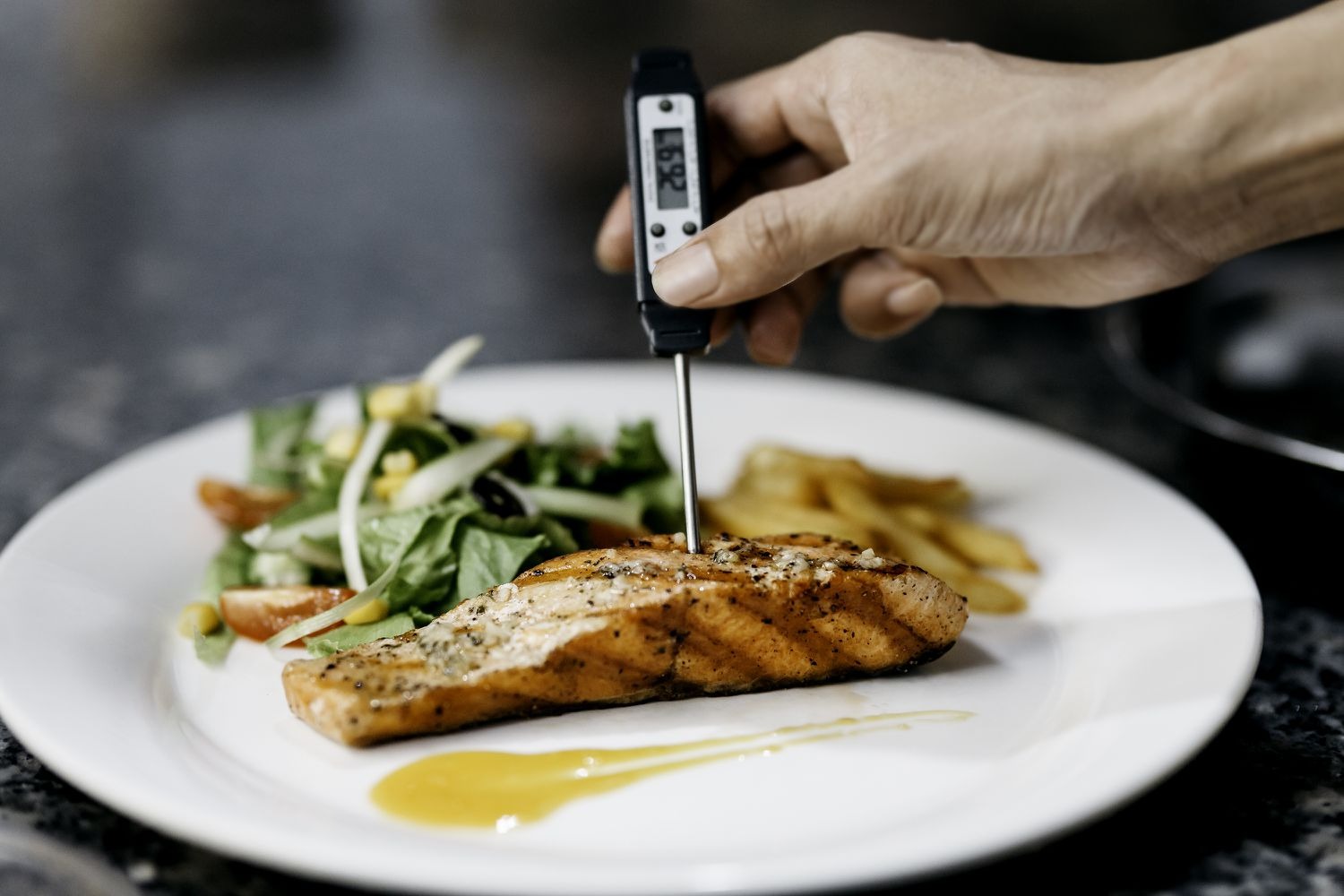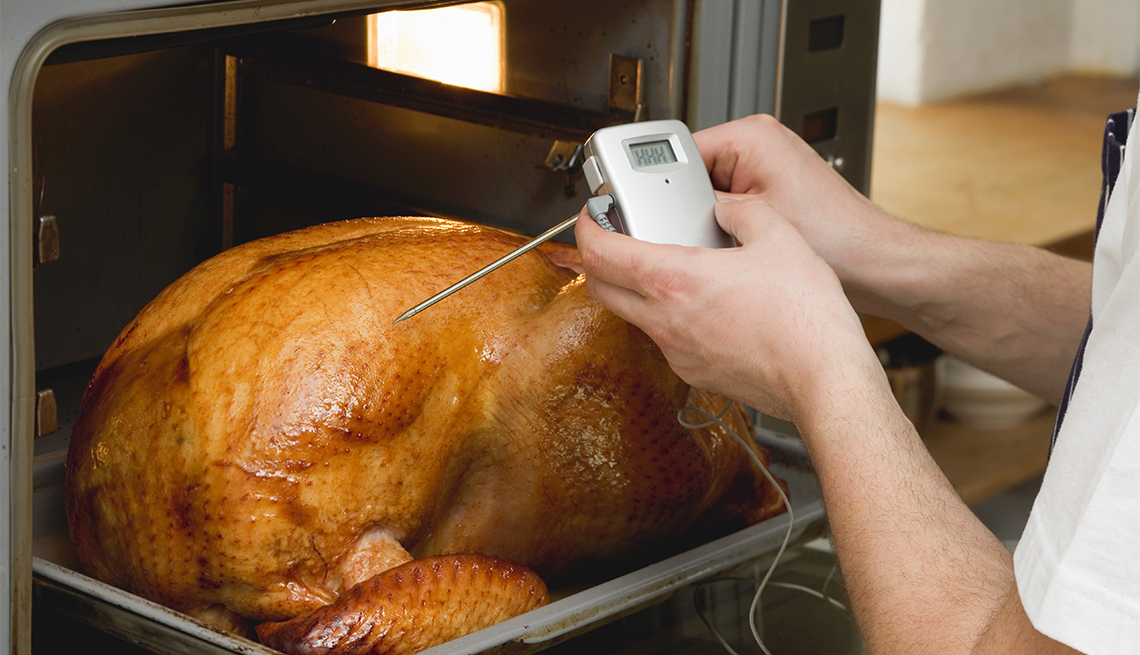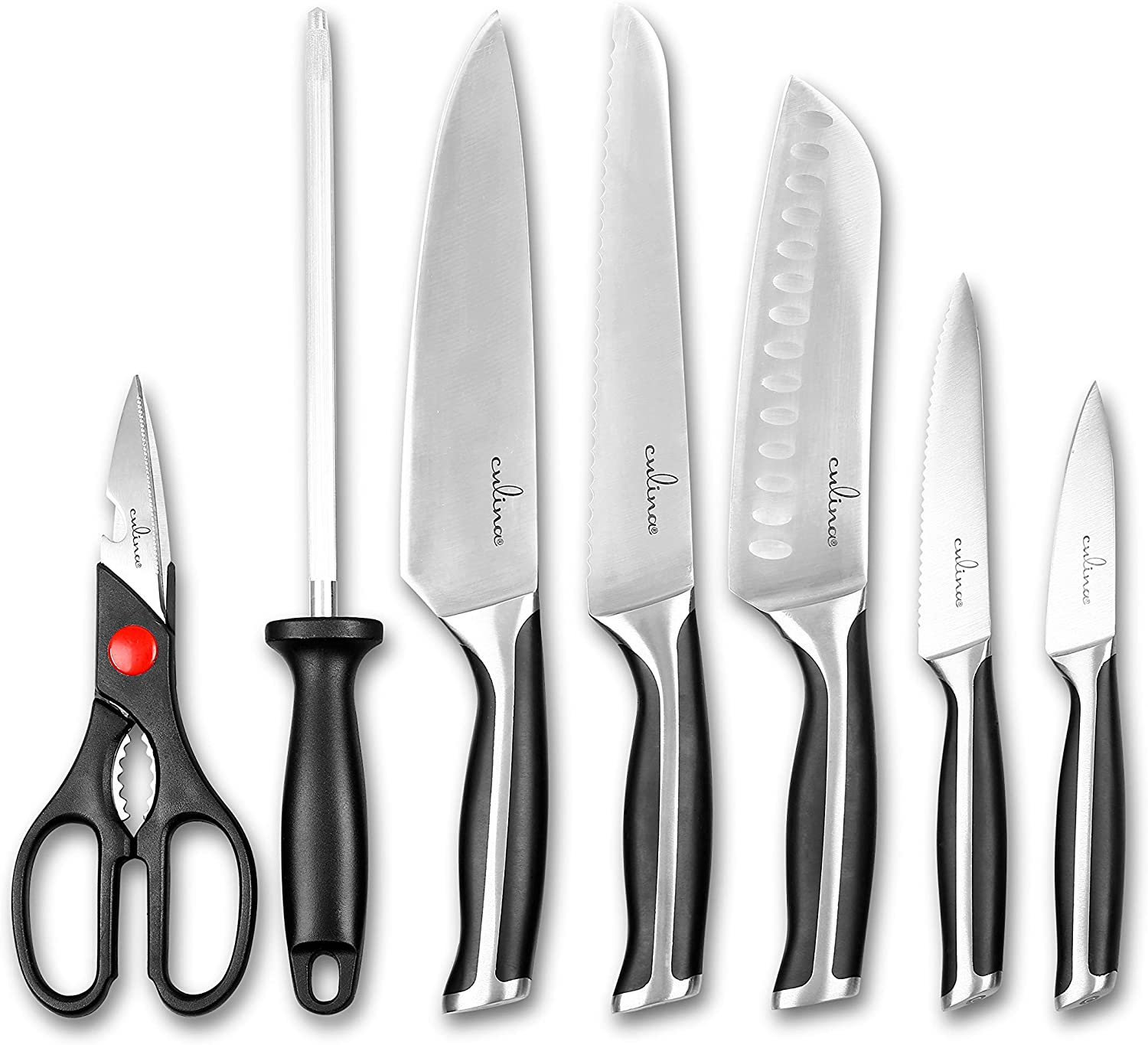
Cooking meat to perfection requires precision, and one tool that every chicken lover needs is a meat thermometer. Using a meat thermometer is a reliable way to ensure your chicken is cooked to the ideal temperature, making sure it’s both delicious and safe to eat. In this article, we will explore how to read a meat thermometer and everything you need to know about it.

Understanding Meat Thermometers
What is a Meat Thermometer?
A meat thermometer is a tool used to measure the internal temperature of meat, ensuring it reaches a safe and desired level of doneness. Understanding how to read a meat thermometer is crucial for any cook, whether you’re a beginner or an expert.
Types of Meat Thermometers
- Digital Instant-Read Thermometers – These are quick and provide a digital readout.
- Dial Oven-Safe Thermometers – These can stay in the meat while it cooks.
- Thermocouple Thermometers – These provide a very fast and accurate readout but can be more expensive.

Why Using a Meat Thermometer is Important
Safety First
Undercooked meat can harbor harmful bacteria. By using a meat thermometer, you can ensure your chicken reaches the appropriate temperature to kill these potential pathogens.
Achieve Perfect Doneness
Using a meat thermometer helps you achieve the perfect texture and flavor in your meat. Overcooked chicken can become dry, while undercooked chicken may be unsafe to eat.

How to Read a Meat Thermometer
Inserting the Thermometer
Insert the thermometer into the thickest part of the chicken, avoiding bone and fat, for the most accurate reading. For whole chickens, check the breast and thigh temperature.
Reading the Temperature
Follow the instructions specific to your thermometer model. For digital thermometers, wait until the numbers stabilize. For dial thermometers, note where the needle points.
Tips for Accurate Readings
Ensure your thermometer is properly calibrated. Clean the probe in between uses to avoid cross-contamination.
Temperature Guide
For most chicken dishes, a safe internal temperature to aim for is 165F (73.8C). Refer to specific recipe guidelines for variations.
Common Mistakes to Avoid
Not Placing the Thermometer Correctly
Avoid areas with bones or fat, as this can give inaccurate readings.
Not Waiting Long Enough
Be patient and wait for the most accurate reading, especially with dial thermometers.
Advanced Techniques
Using a Leave-In Thermometer
Some thermometers are designed to stay in the meat while it cooks, allowing you to monitor the temperature without opening the oven or grill.
Wireless Thermometers
These can transmit temperature data to your phone, allowing for deeper integration with cooking apps and recipes.
Using a Meat Thermometer with Chicken
Whole Chicken
Check the temperature at the thickest part of the breast and thigh. Ensure both reach at least 165F.
Chicken Breasts
Insert the thermometer into the thickest part of the breast. Check multiple spots if the breast is very thick.
Grilled Chicken
Use an instant-read thermometer for quick, accurate results on the grill.
Maintaining Your Meat Thermometer
Cleaning
After each use, clean the probe with hot, soapy water, and disinfect if necessary.
Calibration
Regularly calibrate your thermometer according to the manufacturer’s instructions to maintain accuracy.
Choosing the Right Meat Thermometer
Features to Look For
- Instant Read – Quick and easy temperature readings
- Waterproof – Essential for easy cleaning and durability
- Backlit Display – Convenient for reading in low-light conditions.
Budget Considerations
Thermometers range in price. Consider how often you’ll use it and choose accordingly.
Frequently Asked Questions
1. How do I know if my meat thermometer is accurate?
Regular calibration and following the manufacturers guidelines are essential for accuracy.
2. Can I leave the thermometer in the meat while it cooks?
This depends on the type of thermometer. Some are designed for continuous monitoring.
3. What should I do if my thermometer gives inconsistent readings?
Double-check for proper placement and recalibrate if necessary.
Final Thoughts
Mastering how to read a meat thermometer can significantly improve your cooking experience. By ensuring that your meats are cooked to the right temperature, you can enjoy delicious, safe, and perfectly cooked meals every time. For more detailed instructions, check out this step-by-step guide.
For more tips on cooking chicken, explore these related articles:
Be sure to keep these tips in mind and happy cooking!
As an Amazon Associate, I earn from qualifying purchases.